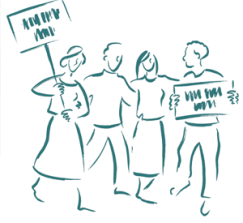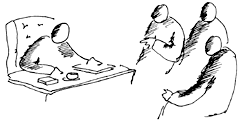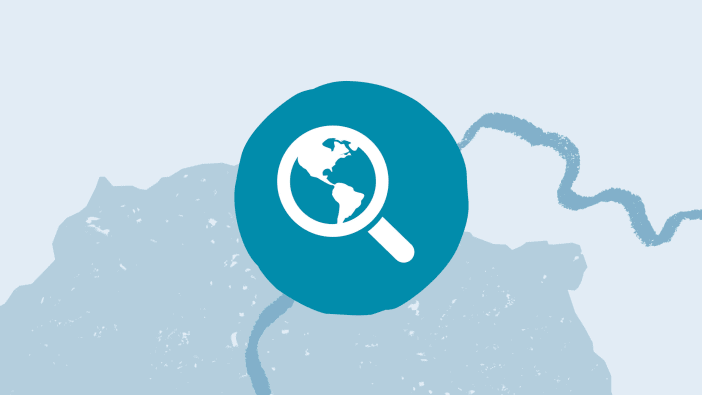By Joanna Watson
Many of the problems we address in advocacy work arise because of abuse of power. Usually, in trafficking situations, traffickers have gained power because they have used force, violence, bribery or coercion to get what they want. It is therefore very important that we understand who holds the power, both formally (who officially has the power) and informally (who actually has the power).
What is power?
Power is the ability to influence the behaviour of people and the circumstances they live in. It determines who makes decisions, what decisions are made, when they are made, and how. When we speak out in advocacy, we interact with power because we are holding decision-makers to account for their use of power, trying to change the way power is used, challenging the abuse of power, and helping people to identify and use the power they have to influence change.
One way we can do this is through a power analysis – see table below.
Many governments have drafted legislation to protect the victims of trafficking, but these laws are frequently ignored and abused. This means that our advocacy work needs to involve all the groups who have a stake in the issue of trafficking in our context, so that we can involve them in appropriate ways. For example, government officials, the police and law enforcement agencies should be encouraged to fulfil their responsibilities to uphold the law, while families and communities at risk of trafficking need to be made aware of the potential for trafficking, and their entitlement to protection.
Lowering the risk
When we advocate on a topic like trafficking, we should be aware of the risks involved. People may experience different fears, particularly because of the corruption and entrenched interests which may be involved. This is understandable, especially in countries where law enforcement is weak, where civil society organisations do not have a strong voice and where government shows limited respect for human rights.
Taking some simple steps can help to lower the risks of advocating for change. For example, you can:
- Work with other organisations, locally, nationally and internationally. This helps provide support and is particularly useful for smaller organisations. International organisations can also help to put external pressure on the government which may be difficult from within the country.
- Build good relationships with decision-makers. Respect those in power and give them clear explanations about the issues you are facing. Also, cultivate relationships with a wide range of people and organisations.
- Be aware of your rights and who to contact if you face any harassment. Make links with organisations that can provide legal advice and support.
- Ensure that the community is engaged in the advocacy work. This promotes wider support and engagement on the issue and therefore greater protection.
- Work with the media. If this is appropriate in your context, engaging with the media will make your advocacy work more visible and will enable the media to help to hold people in power to account.
- Develop an organisational risk strategy. This will help you to identify the potential risks and develop specific strategies, systems and safeguards.
Power analysis table
Who- Who has power?
- Who lacks power?
- Whose voices need to be heard?
- Who needs to hear the advocacy message?
- Who is, directly and indirectly, helping those whose voices need to be heard?
Where
Consider the culture, context, political environment and levels (international, regional, national, provincial, district, community) at which advocacy is taking place:
- Where does power exist?
- What is the culture where you are doing advocacy and how does this affect power relations?
- Which levels are most powerful?
- At what levels do voices need to be heard?
What
Consider the types and forms of power that are applicable to advocacy:
- What power relations* exist?
- If there is a power imbalance, what is it like?
- What types of power are there?
- What different forms of power are available, and who can use them?
- What could a change in the balance of power look like?
How
Consider how appropriate different advocacy approaches are:
- How does power operate?
- How clear is our understanding of power relations?
- What methods and approaches of advocacy are likely to work best to address any power imbalance?
- How could we overcome obstacles to better power relations?
* The phrase ‘power relations’ describes relationships between different types of power and relationships between different powerful people and organisations.









